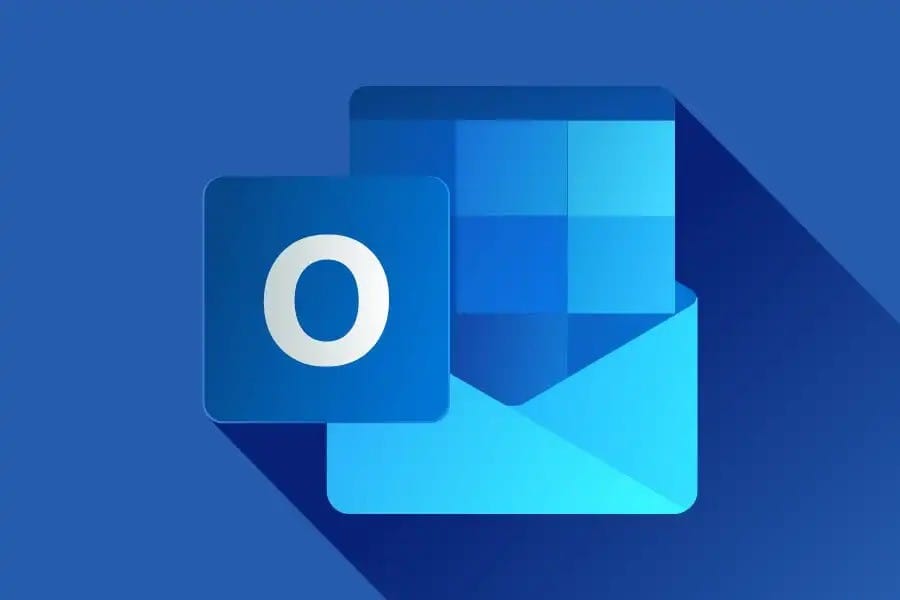How to Check and Release Microsoft 365 Quarantined Emails

Managing quarantined emails in Microsoft 365 is essential for ensuring secure and efficient communication. Microsoft 365, powered by Exchange Online Protection (EOP), automatically detects and quarantines suspicious emails flagged as spam, phishing attempts, or malware. However, legitimate emails are sometimes marked as false positives, requiring manual review and release.
This article provides a step-by-step guide to checking, managing, and releasing quarantined emails using the Microsoft 365 Security & Compliance Center, Outlook Web App, and PowerShell. It also covers best practices for maintaining email security and streamlining operations.
What Are Quarantined Emails in Microsoft 365?
Quarantined emails are messages blocked by Exchange Online Protection because they are identified as potential threats. These emails are isolated to prevent harm while allowing administrators and users to review them.
Reasons for Quarantine:
- Spam or Junk Email – Detected by spam filters based on predefined criteria.
- Phishing Attempts – Messages that appear fraudulent or request sensitive information.
- Malware Attachments – Emails containing harmful software.
- Policy Violations – Emails flagged based on organizational policies.
Retention Period:
- Quarantined emails are stored for 30 days before being deleted permanently.
Method 1: Check and Release Quarantined Emails via Security & Compliance Center
- Access the Security & Compliance Center:
- Go to https://security.microsoft.com/quarantine.
- Log in with your Microsoft 365 admin or user credentials.
- Filter and Locate Emails:
- Use filters such as Date Received, Sender, or Subject to narrow down results.
- Review Email Details:
- Select the email to review message headers, delivery status, and quarantine reason.
- Release the Email:
- Click Release message to deliver the email to the recipient’s inbox.
- Select Report as Not Junk to help improve Microsoft filtering accuracy.
Method 2: End-User Management via Outlook Web App
End-users can manage quarantined emails directly from their Outlook web interface.
- Log in to Outlook Online:
- Visit https://outlook.office.com.
- Check Quarantine Notifications:
- Users receive daily email summaries of quarantined messages.
- Open the email and click Review Messages.
- Release Emails:
- Select the email, click Release, and mark it as Not Junk if it is legitimate.
Method 3: Use PowerShell for Bulk Management
Administrators can use PowerShell for bulk actions and automated management of quarantined emails.
1. Connect to Exchange Online:
Connect-ExchangeOnline
2. List Quarantined Emails:
Get-QuarantineMessage -PageSize 50
3.Release Specific Emails by ID:
Release-QuarantineMessage -Identity <MessageID>
4. Bulk Release Emails by Sender:
Get-QuarantineMessage | Where-Object { $_.SenderAddress -eq "example@domain.com" } | ForEach-Object { Release-QuarantineMessage -Identity $_.Identity }
Best Practices for Managing Quarantined Emails
- Audit Regularly: Review quarantined emails daily to avoid losing important messages.
- Whitelist Trusted Senders: Add safe senders to allowlist in Microsoft Defender for Office 365.
- Train Users: Educate users on identifying phishing and spam to reduce false reports.
- Enable Notifications: Configure quarantine notifications to alert users of potential issues.
- Monitor Logs: Use the Microsoft 365 audit logs for tracking email activity.
- Update Policies: Regularly review and adjust anti-spam and anti-phishing policies.
Troubleshooting Common Issues
1. Emails Not Showing in Quarantine:
- Verify admin permissions for accessing quarantined emails.
- Check if emails were deleted after the 30-day retention period.
2. Released Emails Not Delivered:
- Ensure the recipient checks their Junk Email folder.
- Confirm release actions in audit logs.
3. Repeated False Positives:
- Report emails as Not Junk to Microsoft.
- Update allowlists and spam filters in Microsoft Defender.
Conclusion
Effectively managing quarantined emails in Microsoft 365 ensures both security and efficiency in email communication. Administrators and end-users can utilize the Security & Compliance Center, Outlook Web App, or PowerShell to review and release legitimate emails quickly.
For organizations requiring advanced email security solutions, policy management, or Microsoft 365 administration, Medha Cloud offers professional services to streamline operations and enhance compliance.
Contact Medha Cloud Today!
Need help managing Office 365 security and email compliance? Medha Cloud provides expert solutions for Microsoft 365 email security, compliance management, and IT support. Contact Us today to optimize your email infrastructure!
Reach us at:
- India: +91 93536 44646
- US: +1 646 775 2855
- Website: medhacloud.com
- Email: info@medhacloud.com